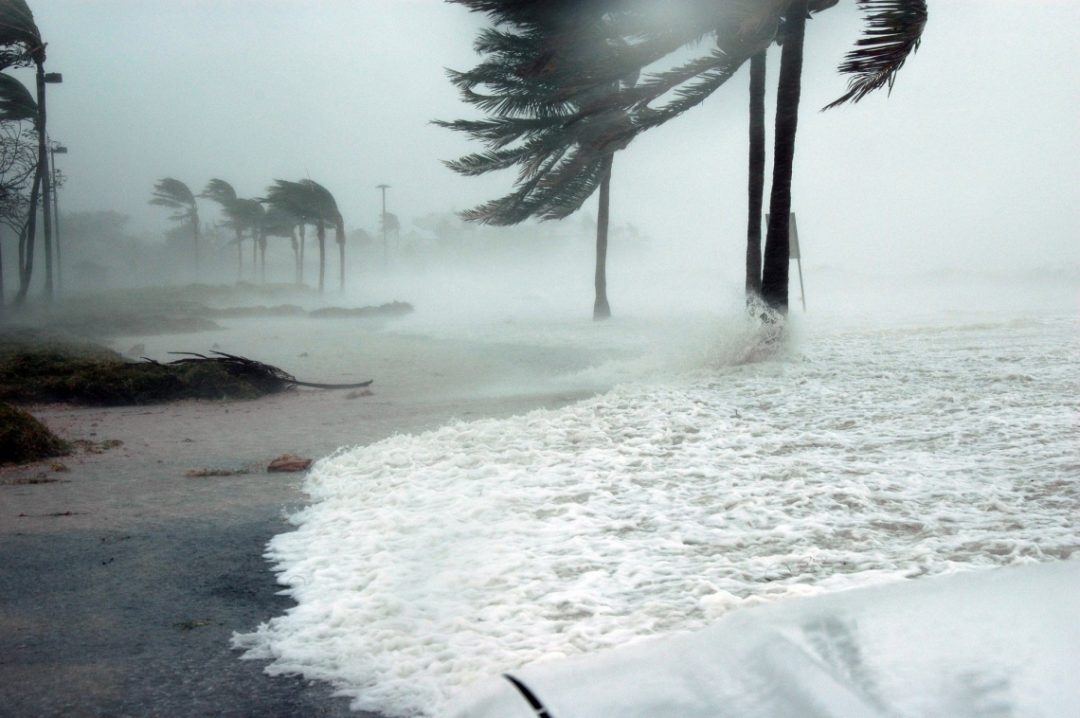Arizona researchers forecast “very active” hurricane season this summer
Above-average storm activity will follow two mild years, but damage will be less than 2017 trio of Harvey, Irma, and Maria.

After two years of relatively mild hurricane seasons, 2023 will see above-average hurricane activity, according to a forecasting team at the University of Arizona.
The forecasters expect the number of major hurricanes this year to be similar to 2017—which saw the extremely intense hurricanes Harvey, Irma, and Maria—but the overall amount of damage will be less, they said.
The researchers are forecasting nine hurricanes this year, five of which are expected to be major hurricanes. That compares to 10 hurricanes in 2017, including six damaging ones. Over the long run, the historical average number of hurricanes per year has been seven.
Those results come from a model created by by Xubin Zeng, UArizona professor of hydrology and atmospheric sciences, and his former graduate student Kyle Davis. "We are not expecting this to be as damaging as 2017," but people should still get prepared, Zeng said. "This will be a very active hurricane season. That's our message."
One factor that will mute the amount of hurricane damage in 2023 is that fewer storms are predicted to make landfall, due to a “fight” between unusually warm water temperatures in both the Pacific and Atlantic oceans. Warming waters in the Pacific are now on track to trigger an El Nino weather pattern after a few years of cooler, La Nina conditions. The El Nino condition would usually imply that less hurricane activity would be expected over the North Atlantic. But this year, ocean surface temperatures over the Atlantic will also be very warm, which typically leads to the opposite result, causing increased hurricane activity.
The forecasting team is not yet certain which ocean basin will be the "winner" in the battle, and will update its predictions when it releases a final prediction in June.
Related Articles
Copyright ©2024. All Rights ReservedDesign, CMS, Hosting & Web Development :: ePublishing